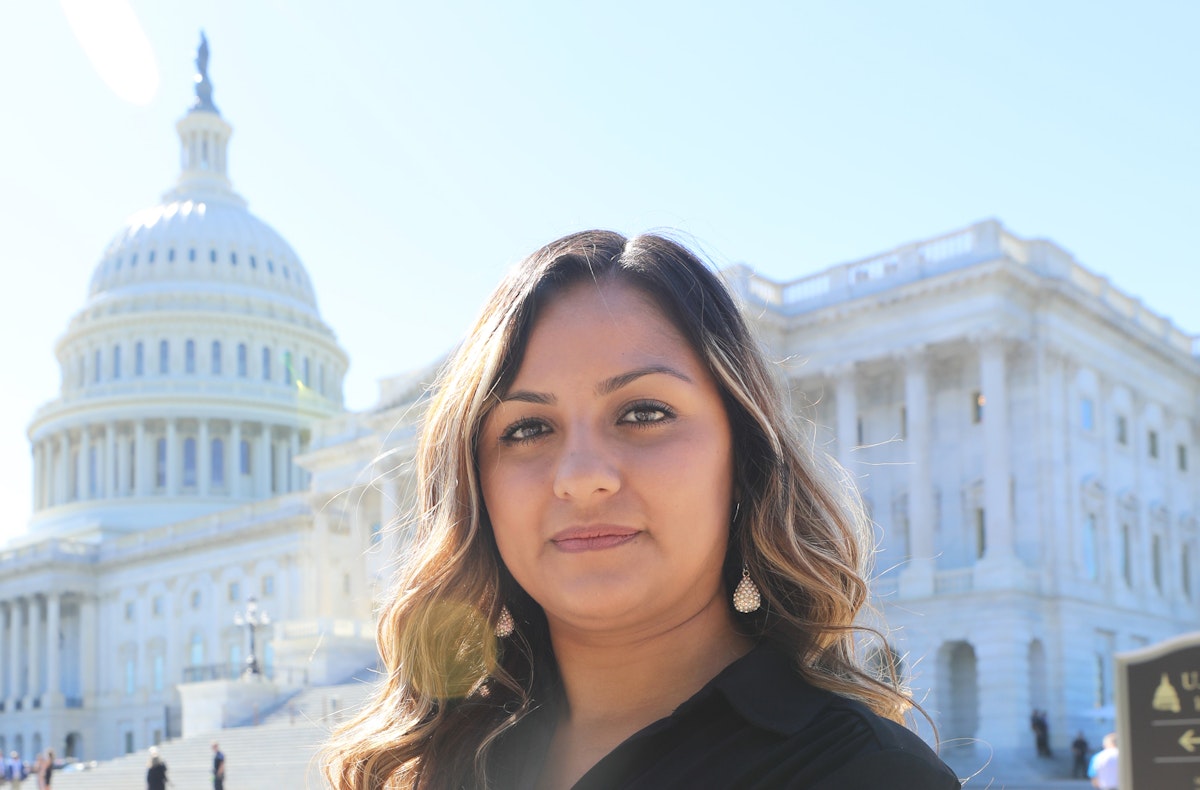1. What’s the latest?
In November of 2019, the Supreme Court heard oral arguments on the DACA case, and in June of 2020 issued a ruling. This ruling is a critical win, not just for the 700,000 DACA recipients who came to this country as children and have lived in this country for an average of 22 years, but also our country as it struggles with the coronavirus crisis. DACA recipients represent 200,000 essential workers, including nearly 30,000 health care workers, like doctors and nurses, who are helping communities across the country survive this pandemic. The Supreme Court has validated what 86% of the American public has known for years: that Home is Here for DACA recipients and their families. The Trump Administration must commit to leaving DACA in place and immediately open new DACA applications. Further, because the coronavirus pandemic has severely limited the ability of USCIS to process and review DACA renewals, President Trump should order USCIS to immediately extend all current renewals that expire within the year.
2. How has the coronavirus impacted DACA recipients?
More than 200,000 DACA recipients are essential workers helping our communities survive the coronavirus crisis. This includes nearly 30,000 DACA recipient healthcare workers, like doctors and nurses, who are on the frontlines of this response. Not only are these heroes risking their lives to protect their communities, but they are living with the incredible stress and uncertainty around the future of DACA. They must be protected and allowed to continue their vital service to their communities and families.
3. How will ending DACA impact the economy?
If the Supreme Court allows the Trump Administration to fully end DACA and work authorization for Dreamers, three-quarters of the roughly 22,000 jobs that will be lost each month will be concentrated in 12 states across the country. The economic consequences of ending DACA will be shouldered by the states and communities where Dreamers live, particularly because recipients will no longer be allowed to work; if current DACA recipients are unable to renew or maintain their work authorization, employers will be forced to terminate their employment, incurring significant turnover costs and leaving jobs unfilled.
4. What is going to happen to the Dreamers?
On average, about 25,000 new DACA recipients will lose work authorization and protection from deportation each month for two years following an end to renewals. By the time a new presidential term starts in January 2021, more than 252,000 young people will no longer be protected by DACA, with the total climbing to nearly 620,000, the large majority of DACA recipients, by the end of 2021. Congress must take action before thousands more Dreamers lose their ability to live, work, and contribute to the only country they know.
5. What does DACA mean?
Deferred Action for Childhood Arrivals (DACA) is a temporary program enacted in 2012 that provides relief from deportation and work authorization for immigrants brought to America as children. The Trump Administration announced the end of the DACA program in September 2017.
6. How do Dreamers become citizens?
The DACA program does not provide a pathway for Dreamers to become U.S. citizens or even legal permanent residents. In fact, there is no legal pathway for Dreamers to earn citizenship at all, despite 86 percent of American voters supporting giving Dreamers pathways to legal status.
7. Are DACA and the Dream Act the same thing?
DACA allowed 800,000 Dreamers to live and work in the U.S. free from fear of deportation. The DREAM Act is bipartisan legislation that would allow 2 million Dreamers to better contribute to their families and their community, and boost our economy.




